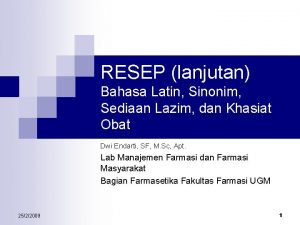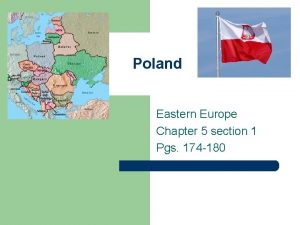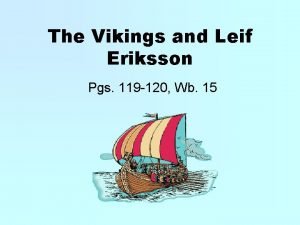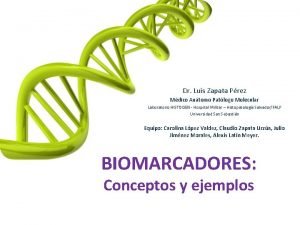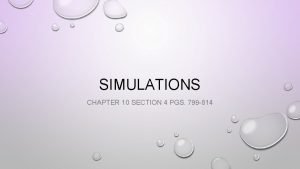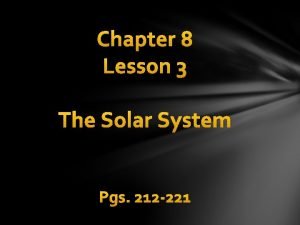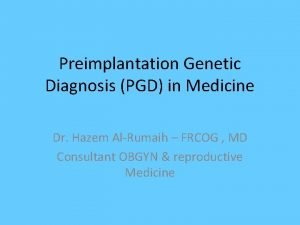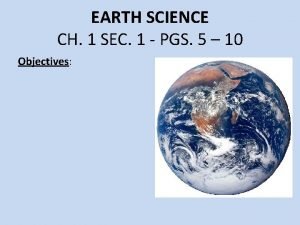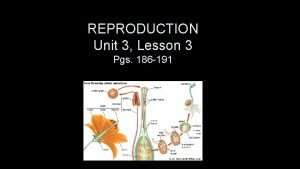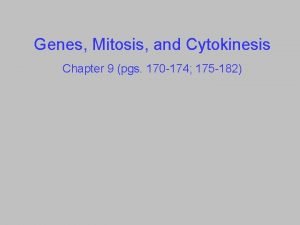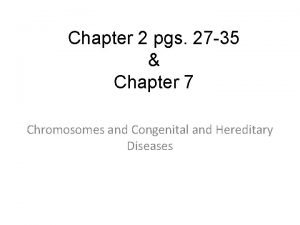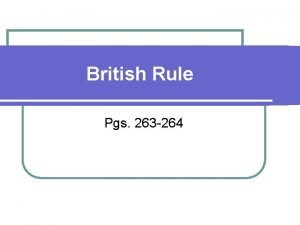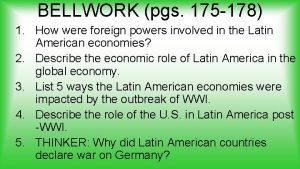Pgs 23 25 27 Pgs 25 27 29



















- Slides: 19

Pgs. 23, 25, 27 Pgs. 25, 27, 29 Pre-AP

Cell Wall Description: Rigid outer layer Outside of cell membrane Function: Support Protection Helps cell maintain its shape Present in Plants and Some Prokaryotes

Cell Membrane Description: Outside covering of cell made of lipid bilayer Function: Barrier between cell and its environment Controls what substances can enter or leave the cell Provides support and protection, especially in cells without a cell wall Present in Prokaryotes and all Eukaryotes

Ribosomes Description: Made of protein and RNA Very small, spherical shaped Function: Make proteins Present In Prokaryotes and all Eukaryotes

Cytoplasm Description: Jelly-like substance that fills the cell and surrounds the organelles Function: Fills space between organelles Contains materials needed by the organelles Present In Prokaryotes and all Eukaryotes

Flagella Description: Long, thread-like extension of a cell Function: Helps cell move Present in Animals and Prokaryotes

Cilia Description: Short, hair-like projection on the cell surface Function: Used to sweep away things from the cell surface or help the cell move through fluid Present in Animals and Prokaryotes

Nucleus Description: Core, central portion of cell Function: Contains genetic information (DNA) Directs cell activities Present in all Eukaryotes

Nuclear Membrane Description: Double-layer membrane surrounding the nucleus Function: Separates nucleoplasm from cytoplasm Present in all Eukaryotes

Nucleolus Description: Round structure within nucleus Made of protein and RNA Function: Makes ribosomes Present in all Eukaryotes

Chloroplast Description: Oval or bean shaped structure with green color Function: Helps capture sunlight to produce food (energy) PHOTOSYNTHESIS Present in Plants

Golgi Apparatus/Body Description: Flattened sacs called cisternae Function: Modifies and packages materials created in the cell for transport (inside or outside of the cell) Present in all Eukaryotes

Lysosome Description: Small sacs Function: Use digestive enzymes to breakdown old/worn-out organelles, viruses or bacteria, and/or food particles Present in all Eukaryotes

Mitochondrion Description: Spherical or rod-shaped Inner and outer membranes Function: Converts sugars into ATP (energy) for the cell CELLULAR RESPIRATION Present in all Eukaryotes

Plastid Description: Double-membrane bound organelle Function: Involved in food storage; function depends mostly upon which pigments are present Present in Plants

Rough Endoplasmic Reticulum Description: System of membranous tubes and sacs with ribosomes on the surface (making it appear rough) Function: Helps make and transport new proteins to Golgi apparatus or outside of the cell Present in all Eukaryotes

Smooth Endoplasmic Reticulum Description: System of membranous tubes and sacs Function: Makes lipids Creates and stores steroids Stores ions that cells might need Metabolizes carbohydrates Present in all Eukaryotes

Vacuole Description: Sacs: smaller in animal cells, larger in plant cells (Central vacuole) Function: Store a variety of things such as water, nutrients, or waste products Present in all Eukaryotes

Vesicle Description: Small sacs Function: Stores, transports, or digests materials within the cell Present in all Eukaryotes


